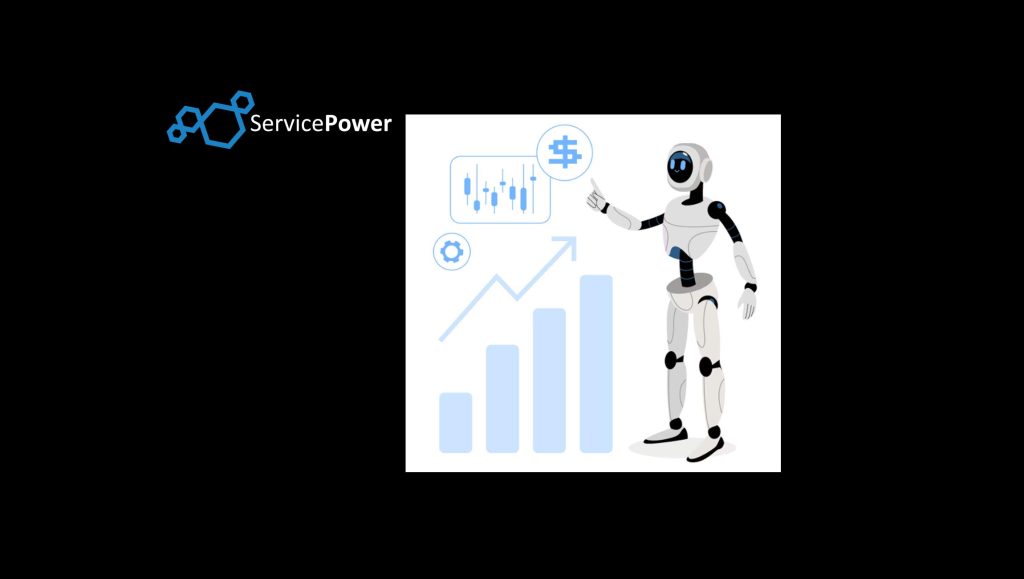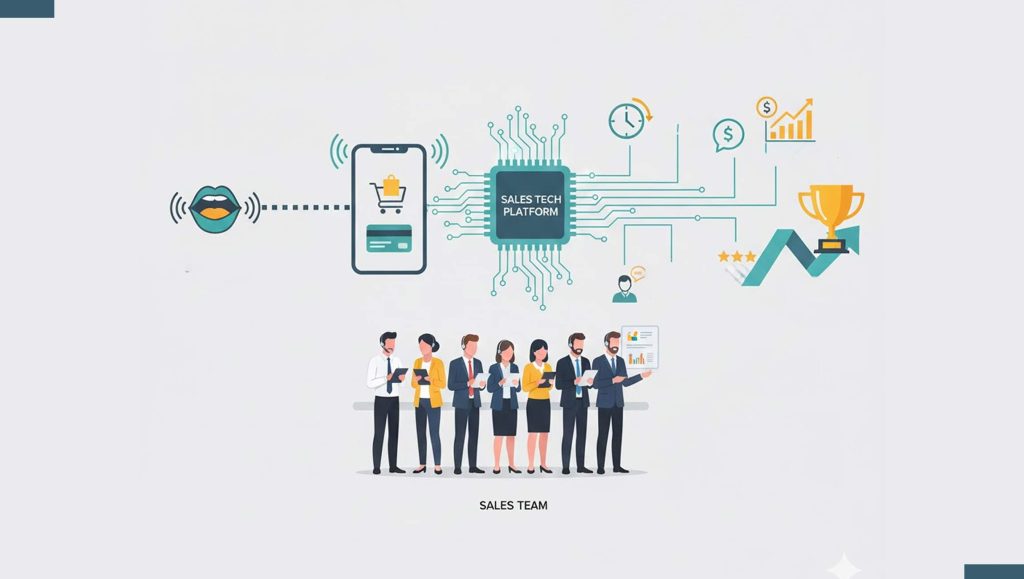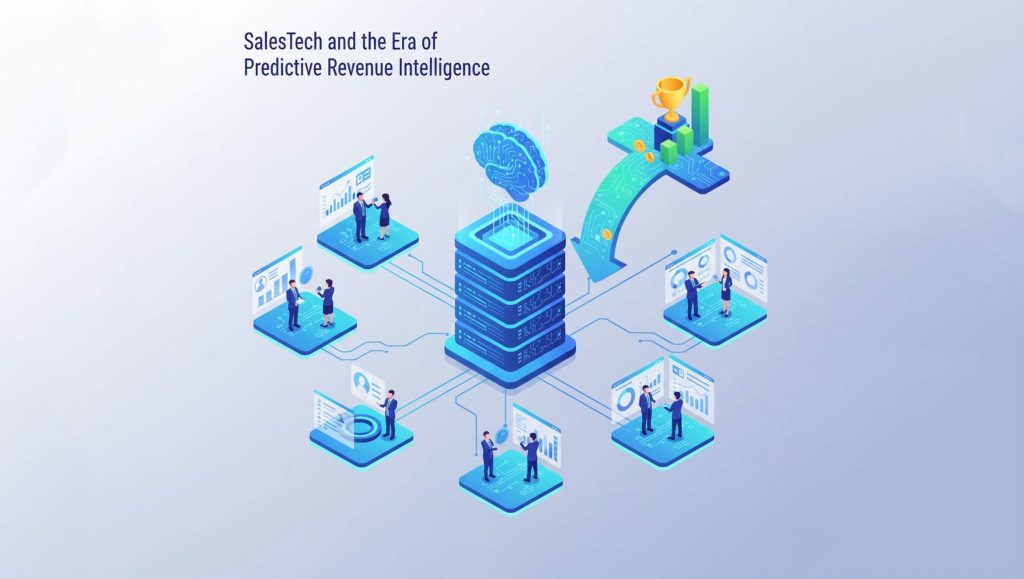Contract lifecycle management encompasses the comprehensive process of overseeing the entire life cycle of a contract, from its creation and negotiation to its execution, monitoring, and eventual renewal or termination. It’s essentially ensuring all aspects of contract management, including contract creation, negotiation, execution, monitoring, and renewal or termination, are handled effectively and securely, protecting your company’s interests throughout the process.
Manual contract management presents several challenges, including inefficiency due to time-consuming tasks like paper filing and email negotiations, human error stemming from manual data entry and editing, lack of visibility caused by scattered documents and siloed information making it hard to track contract status, security concerns with physical documents vulnerable to loss or damage and email communication lacking proper security measures, and limited collaboration among different teams within an organization. However, these issues can be mitigated by automating tasks and centralizing information using Contract Lifecycle Management (CLM) tools, which bring efficiency, security, and control to the contract management process.
What is a CLM tool?
It’s like a software superhero that transforms the messed-up process of contract management. That’s the essence of a contract lifecycle management (CLM) tool. It’s a digital platform designed to streamline and automate the entire lifecycle of a contract, from its humble beginnings as a request to its eventual expiration or renewal.
Think of a contract’s life as a journey with distinct stages. A CLM tool empowers you to manage each one effectively:
- Request & Creation: Initiate contract requests, build contracts from pre-approved templates, and collaborate with internal teams to get things rolling.
- Negotiation and Collaboration: Facilitate secure online negotiation with real-time edits, track changes, and ensure version control to avoid confusion.
- Approval Workflows: Define automated workflows for approvals from various stakeholders, ensuring a smooth and timely process. No more chasing signatures!
- Electronic Signatures: Securely sign contracts electronically with eSignature capabilities for all parties involved. It’s a digital handshake for the modern age.
- Contract Repository and Storage: Store contracts securely in a central cloud-based repository for easy access and retrieval. No more overflowing file cabinets!
- Automated Reminders and Notifications: Set automated reminders for key tasks like renewals, upcoming deadlines, and contract expiration dates. Never miss a beat!
- Reporting & Analytics: Generate reports to gain valuable insights into your contract portfolio, identify trends, and measure performance. Data is king, and CLM tools help you use it wisely.
Read More: SalesTechStar Interview with Will Patterson, Head of New Product Integration at Clari
Evolution
The world of contract management has undergone a dramatic transformation. Gone are the days of overflowing file cabinets, endless email threads, and missed deadlines. Enter the era of Contract Lifecycle Management (CLM) tools—digital heroes that streamline and automate the entire contract lifecycle. But how did we get here? Let’s throw a light on its inception:
The Early Days: (Pre-1990s)
Imagine a world where contracts originated, lived and breathed on paper. Every step, from creation to execution, was a manual process. Drafting involved typewriters and white-outs; negotiations were a game of snail mail and fax machines; and storage meant overflowing file cabinets. This slow, error-prone system was ripe for inefficiency and frustration.
Emergence of Automation (1990s-2000s)
The rise of personal computers brought the first wave of change. Early contract management software emerged, offering features like basic document creation, tracking, and rudimentary workflow management. While a step forward, these tools were often clunky, expensive, and primarily used by large enterprises.
The Cloud Revolution (2000s–2010s)
The shift to cloud-based computing marked a turning point. CLM tools became more accessible, affordable, and user-friendly. Features like electronic signatures, collaboration tools, and automated reminders started to appear. However, integration with other business systems remained limited, and functionalities were not as sophisticated as they are today.
The Age of Intelligence (2010–Present)
The past decade has witnessed a surge in innovation. Modern CLM tools are:
- AI-powered: Advanced features like automatic data extraction, risk identification, and even clause analysis using artificial intelligence are transforming how contracts are managed.
- Highly Integrated: Seamless integration with existing CRM, ERP, and other business systems creates a unified information ecosystem.
- Mobile-Friendly: Access contracts and collaborate on the go with mobile apps, ensuring flexibility and real-time communication.
- Security-Focused: Robust security features safeguard sensitive data and ensure compliance with regulations.
Common Integrations:
- CRM (Customer Relationship Management): Seamlessly pull customer data like contact information and purchase history into your CLM tool for faster and more accurate contract creation.
- ERP (Enterprise Resource Planning): Integrate with your ERP to ensure contract terms align with your financial systems and pricing models. This can automate tasks like generating invoices based on contract details.
- Procurement Systems: Streamline communication and collaboration with vendors by integrating your CLM tool with procurement systems.
- eSignature Solutions: Ensure secure and legally binding electronic signatures directly within your CLM platform.
- Document Management Systems: Centralize all contract-related documents within your CLM system for easy access and retrieval.
Highlighting the Top 10 CLM Tools
Here’s a breakdown of ten popular contract lifecycle management (CLM) tools, along with some key details to help you choose the right one for your needs:
- DocuSign CLM is a well-established player known for its user-friendly interface and strong eSignature capabilities. DocuSign CLM offers features like automated workflows, contract analytics, and robust reporting. It integrates seamlessly with other DocuSign products and various CRM and ERP systems.
- Salesforce Revenue Cloud: Part of the Salesforce suite, Revenue Cloud is particularly suited for organizations already using Salesforce products. It provides a holistic view of the contract lifecycle, from quoting to renewal, and integrates seamlessly with Salesforce CRM.
- Icertis Contract Management is a powerful and AI-powered CLM tool ideal for large enterprises with complex contract needs. Icertis boasts advanced features like AI-driven contract analysis, risk scoring, and redlining. However, its complexity can make it less suitable for smaller businesses.
- Conga Contracts: This user-friendly tool focuses on streamlining the contract creation process, especially for Salesforce users. Conga Contracts offers pre-built templates, automated workflows, and strong integration with Salesforce CPQ (Configure Price Quote).
- LinkSquares is an AI-powered CLM platform known for its robust contract analytics and obligation management features. LinkSquares excels at identifying risks and extracting key data from contracts, making it ideal for organizations that deal with high-volume contracts.
- Oneflow is a user-friendly and scalable CLM solution suitable for businesses of all sizes. Oneflow offers core functionalities like automated workflows, eSignatures, and reporting, along with integrations with popular business systems.
- PandaDoc: While not a full-fledged CLM tool, PandaDoc offers a robust eSignature solution with contract management features like document tracking, analytics, and basic workflows. It’s a good option for smaller businesses or teams needing a user-friendly solution for creating and signing agreements.
- Evisort is an AI-powered platform that excels at contract intelligence and automation. Evisort uses machine learning to extract data from contracts, identify risks, and automate tasks, making it ideal for organizations seeking advanced contract analysis capabilities.
- ContractPodAi: ContractPodAi is another AI-powered CLM platform with a focus on automating contract workflows and managing legal spend. It offers features like automated contract routing, risk assessments, and redlining tools.
- SpotDraft is an AI-powered CLM platform designed for ease of use and affordability. SpotDraft offers features like automated contract generation, negotiation tools, and eSignatures, making it a good option for start-ups and small businesses.
Choosing the Right CLM Tool:
Selecting the ideal Contract lifecycle management tool depends on your specific needs and budget. Here are some key factors to consider:
- Features: Does the tool offer the functionalities you need (e.g., pre-built templates, advanced analytics, and integrations)?
- Scalability: Can the tool accommodate your current and future needs as your business grows?
- Security: How does the tool ensure the security and confidentiality of your data?
- Ease of Use: Is the interface user-friendly for everyone who needs to use it within your organization?
- Cost: Consider the cost of the tool and its features in relation to your budget.
What difference do they bring?
Using Contract Lifecycle Management (CLM) tools brings a multitude of differences to the way businesses manage their contracts. Here’s a breakdown of the key changes you can expect:
From Chaos to Control:
- Improved Efficiency: Streamlined workflows, automation of repetitive tasks, and centralized storage eliminate the inefficiencies of manual contract management. Imagine saying goodbye to endless paper trails and missed deadlines.
- Enhanced Accuracy: Automatic data transfer between systems and reminders for key tasks minimize errors and ensure timely completion of obligations. You can bid farewell to typos and missed deadlines.
- Increased Visibility: A central platform provides a clear view of all your contracts, their status, and upcoming deadlines. No more scrambling to find information or wondering about the status of agreements.
- Reduced Risk: Proactive risk identification through features like automated risk assessments and clause analysis helps you avoid potential pitfalls. You can catch problems before they become problems.
- Improved Collaboration: Secure online platforms facilitate real-time communication and collaboration between internal and external parties. Negotiations become smoother, and agreements are finalized faster.
Read More: AI Trends Redefining Sales and Marketing in 2024
Benefits Across the Organization:
- Legal Teams: streamlined review and approval processes, improved risk management, and more time for strategic work.
- Sales Teams: faster contract negotiation and closure, leading to improved win rates and increased revenue.
- Procurement Teams: Better contract terms and more effective vendor relationships.
- Finance Teams: accurate tracking of contract obligations and optimized budgeting through automated reminders and reporting.
Overall Impact:
Implementing a CLM tool can significantly transform your contract management from a time-consuming, error-prone process to a smooth, efficient, and secure system. This translates to:
- Cost Savings: Reduced time spent on manual tasks, fewer errors, and better contract terms all contribute to significant cost savings.
- Increased Revenue: Faster contract turnaround times and improved win rates can lead to a boost in revenue generation.
- Improved Productivity: Employees are freed from tedious tasks and can focus on higher-value activities.
- Competitive Advantage: Efficient contract management gives you an edge in today’s competitive business environment.
The Takeaway
The evolution of Contract lifecycle management tools has been remarkable. From paper-based chaos to sophisticated digital solutions, these tools empower organizations to manage contracts with greater efficiency, accuracy, and security. As technology continues to advance, CLM tools will undoubtedly become even more powerful and play a critical role in the future of successful business partnerships.





















